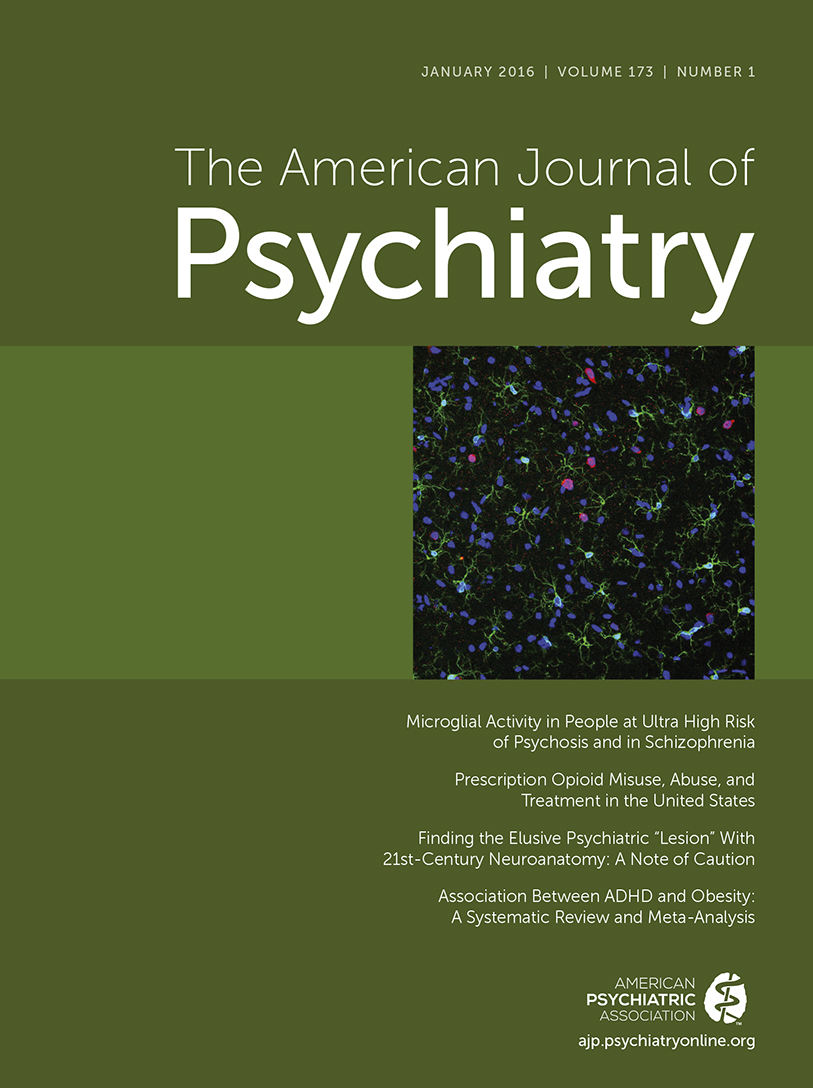Baseline Striatal Functional Connectivity as a Predictor of Response to Antipsychotic Drug Treatment
Abstract
Objective:
Clinical response to antipsychotic drug treatment is highly variable, yet prognostic biomarkers are lacking. The authors recently demonstrated that successful antipsychotic drug treatment alters resting-state functional connectivity of the striatum. The goal of the present study was to test whether intrinsic striatal connectivity patterns provide prognostic information and can serve as a potential biomarker of treatment response to antipsychotic drugs.
Method:
The authors used resting-state functional MRI (fMRI) to develop a prognostic index in a discovery cohort of 41 first-episode schizophrenia patients, then tested this index in an independent cohort of 40 newly hospitalized chronic patients with acute psychosis. In the discovery cohort, patients underwent resting-state fMRI scanning at the initiation of randomized controlled treatment with a second-generation antipsychotic. Whole-brain functional connectivity maps were generated for each subject from striatal seed regions. A stringent measure of clinical response was calculated that required sustained improvement over two consecutive study visits. Clinical response was entered into a survival analysis, and Cox regression was applied to the functional connectivity data. A striatal connectivity index was created, comprising functional connections of the striatum that predicted treatment response. This striatal connectivity index was tested on a generalizability cohort of patients with psychotic disorders who were hospitalized for an acute psychotic episode.
Results:
A total of 91 regions functionally connected with the striatum provided significant prognostic information. Connectivity in these regions was used to create a baseline striatal connectivity index that predicted response to antipsychotic treatment with high sensitivity and specificity in both the discovery and generalizability cohorts.
Conclusions:
These results provide evidence that individual differences in striatal functional connectivity predict response to antipsychotic drug treatment in acutely psychotic patients. With further development, this has the potential to serve as a prognostic biomarker with clinical utility and to reduce the overall burden associated with psychotic illnesses.



